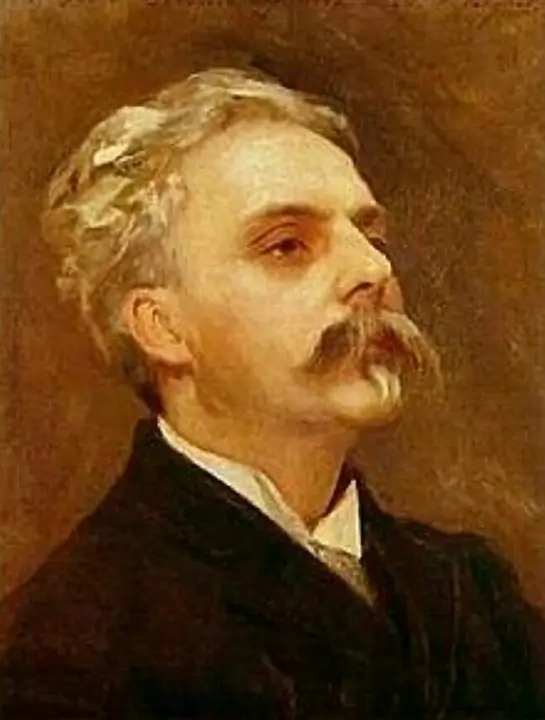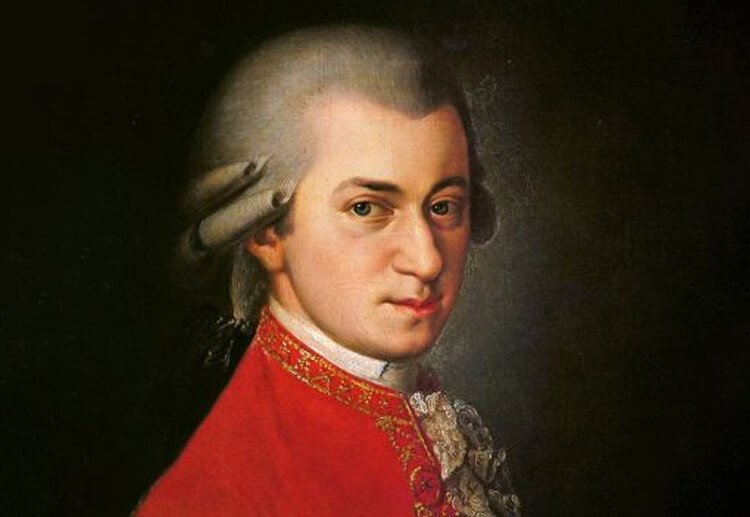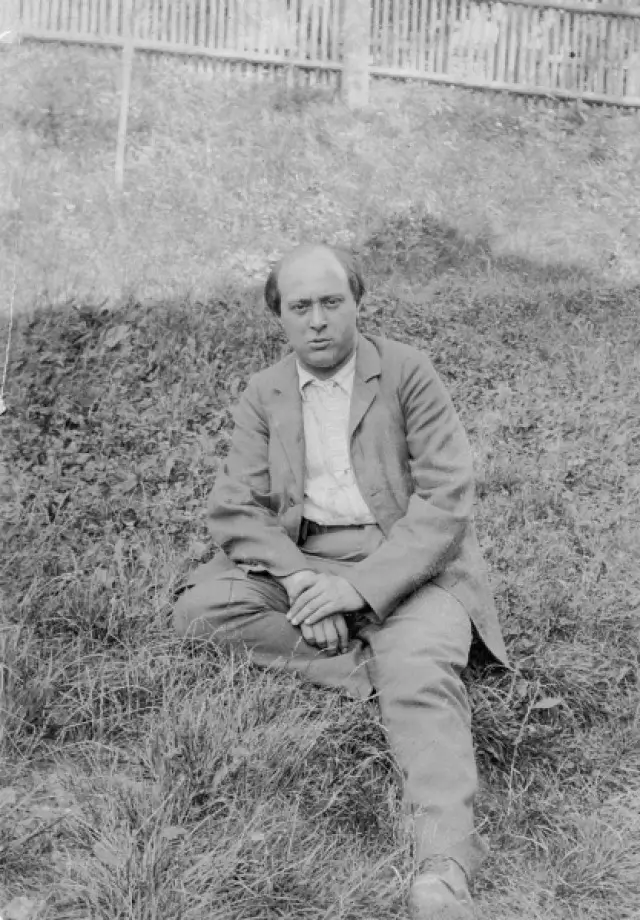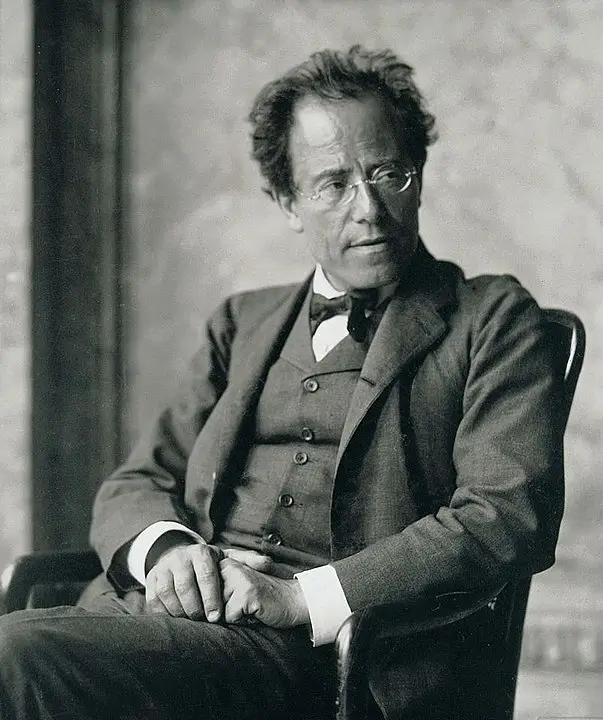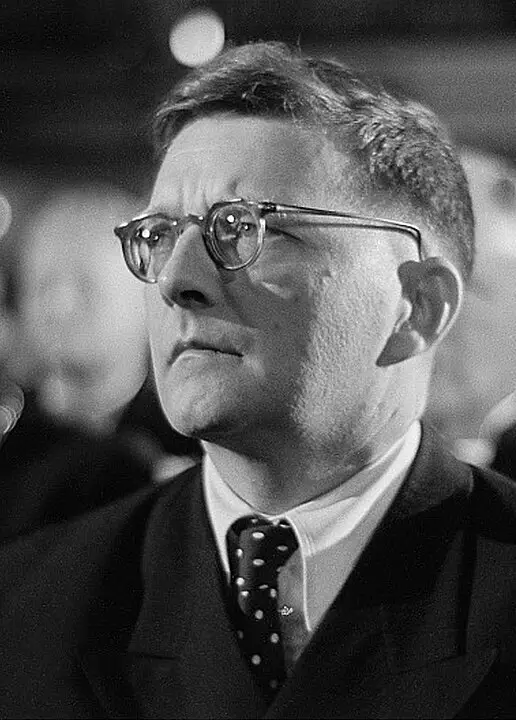Introduction
Gabriel Fauré, a pivotal figure in the landscape of French music, is celebrated for his profound influence on the evolution of 20th-century classical music. His compositions, characterized by their subtlety, refinement, and innovative harmonic language, bridged the Romantic and modern eras. Fauré’s music, with its unique blend of emotional depth and intellectual rigor, continues to captivate audiences and inspire musicians around the world.
Early Life
Born on May 12, 1845, in Pamiers, Ariège, Gabriel Urbain Fauré was the youngest of six children. His musical talents became apparent at an early age, prompting his family to enroll him in the École Niedermeyer in Paris, a school known for its rigorous training in church music. This early environment was crucial in shaping Fauré’s future musical style, which would later diverge significantly from the prevailing tastes of his time.
Musical Training and Development
At the École Niedermeyer, Fauré studied under several prominent figures, including Louis Niedermeyer and Camille Saint-Saëns, who became his mentor and lifelong friend. Saint-Saëns introduced Fauré to contemporary music, including the works of Liszt and Wagner. This exposure was instrumental in developing Fauré’s musical language, which would later be noted for its clarity and classical restraint.
Major Works and Compositions
Fauré’s oeuvre spans many genres, including chamber music, orchestral works, and choral compositions. Among his most celebrated works are his Requiem, the opera “Pénélope,” and his numerous chamber pieces. His piano quartets and quintets are particularly admired for their lyrical beauty and complex interplay of voices. Fauré’s songs, such as “Après un rêve” and “Clair de lune,” remain staples in the vocal repertoire.
Connections to Other Composers
Fauré maintained relationships with many of the leading composers of his time. His friendship with Saint-Saëns was particularly significant; however, he also had connections with Claude Debussy, Maurice Ravel, and Igor Stravinsky. These relationships helped foster a vibrant cultural exchange that influenced Fauré’s development as a composer and contributed to the broader narrative of French music.
Character and Philosophy
Fauré was known for his modesty and professionalism. He often eschewed the flamboyant styles of some contemporaries in favor of a more understated approach. His music reflects this personal philosophy, prioritizing emotional sincerity and balance over overt displays of virtuosity. Fauré once remarked, “Music exists to elevate us as far as possible above everyday existence.”
Life in Paris
Paris was central to Fauré’s life and career. He became deeply involved in its musical scene as a teacher, composer, and critic. In 1896, Fauré was appointed professor of composition at the Paris Conservatoire, where he influenced a generation of composers, including Nadia Boulanger and Georges Enescu. His tenure at the Conservatoire was marked by a modernization of the curriculum, reflecting his forward-thinking approach to music education.
Death and Legacy
Gabriel Fauré died in Paris on November 4, 1924. His death marked the end of an era in French music, but his influence was far from over. Fauré’s innovative harmonic techniques and his nuanced approach to melody and structure have left a lasting imprint on classical music. His works continue to be performed worldwide, and his teaching philosophy still resonates in music education today.
Conclusion
Gabriel Fauré remains an essential figure in classical music, celebrated not only for his rich body of work but also for his role in transitioning French music into the modern age. His legacy is evident in the continued popularity of his compositions and the enduring respect he commands among musicians and scholars. As we continue to explore and perform Fauré’s music, we uncover new layers of complexity and beauty, ensuring his place in the pantheon of great composers is secure for generations to come.

